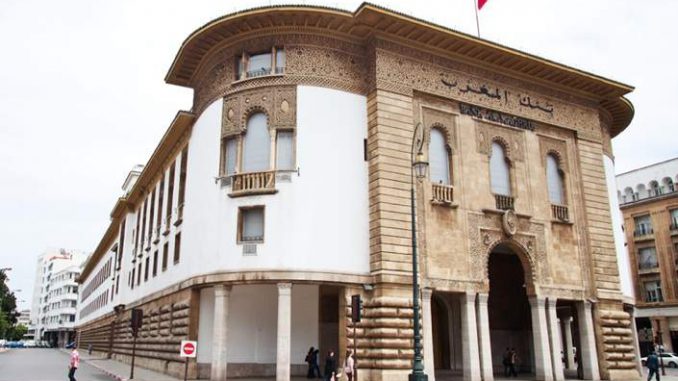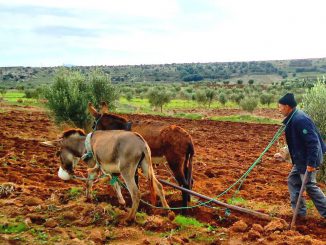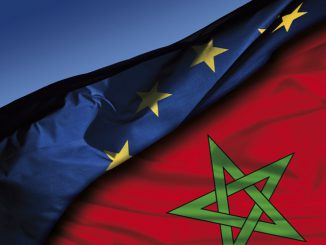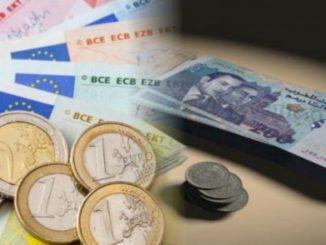
Credit to the private sector accounts for more than 80% of GDP (Gross domestic product) in Morocco. This performance, driven by a mature banking sector, is well above the average for upper middle-income countries and even some advanced countries, according to the latest analyses by the European Investment Bank and the Attijariwafa bank group.
Morocco is one of the champions in providing credit to the economy and the private sector. According to two separate documents recently published by the European Investment Bank (EIB) and the Attijariwafa bank group, loans to businesses and households account for more than 80% of the country’s GDP. This performance “is well above the average for upper-middle income countries,” the EIB said in its latest report on the banking sector in Africa. According to this 200-page document, Morocco stands out from the North African countries where the banking sector is one of the most developed on the continent. In this region, banks provide credit to the private sector to the tune of around 46% of GDP. While in Morocco loans to businesses and households exceed 80% of GDP – due to a relatively large and bank-dominated financial system – in Egypt and Algeria, credit to the private sector does not exceed 30% of GDP. Both countries “have limited financial systems, even compared to lower middle-income countries,” EIB economists point out.
The Attijariwafa bank group confirms this performance of the banking sector in financing the economy. “Contrary to what may be imagined, the Moroccan banking sector has heavily involved in financing the economy. With 939 billion DH recorded at the end of December 2019, the outstanding bank credits represent 83% of Morocco’s GDP, against 48% in 2004,” Mohamed El Kettani said. The CEO of Attijariwafa bank was speaking on March 2 during the presentation in Casablanca of the group’s annual results.
Globally, credits per payment increased by 9% (average annual growth rate) between 2004 and 2019, according to Attijariwafa bank economists. “And if we compare ourselves to the international benchmark on the private sector credit to GDP ratio, Morocco is in the process of joining the advanced countries. To say that the Moroccan banking sector is very mature in terms of financing the economy,” says the vice-president of GPBM ( Professional Grouping of Banks of Morocco).
In terms of credits to the private sector in relation to GDP, Morocco even surpasses Italy (77%) and Turkey (68%). In Africa, it is ahead of Tunisia (68%), Senegal (28%), Côte d’Ivoire (26%), Egypt (26%) and Algeria (25%).
Considering credits in the total bank balance sheet, Morocco also shows a high rate of 63%, compared to 56% for the United States, 53% for China, 49% for Spain and 32% for France. And that’s not all. The transformation rate (credits/deposits) is 93% in Morocco and even approaches 100% if outstanding receivables are included. “Almost everything we collect as deposits, we distribute as loans to the economy: to companies and households. Here again, we are beyond some developed countries such as France (87%), the United Kingdom (78%) and the United States (72%),” explains Mohamed El Kettani. According to the boss of Attijariwafa bank, the Moroccan banking sector shows a balanced distribution of credits to the economy, with a significant share of SME’s despite high levels of risk. Indeed, the latest figures show that 33% of the credits distributed in Morocco went to the TPMEs, against 36% for large companies and 31% for households. It should be noted that corporate credits reached MAD 598 billion at the end of 2019, up 5% year-on-year. Personal loans, for their part, amounted to 271 billion DH, up 3%.




Be the first to comment